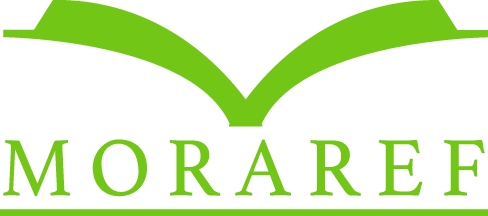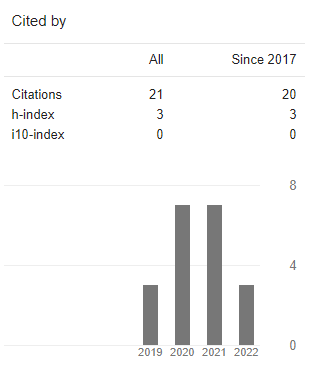Character Development in Sophie An-derson’s The House with Chicken Legs
DOI:
https://doi.org/10.21776/ub.alphabet.2020.03.02.02Keywords:
Children literature, story archetype, character developmentAbstract
Sophie Anderson’s The House with Chicken Legs is a children’s novel which has distinctive character development and a story archetype. The combination of those aspects is interesting to study. Hence, this paper aims to explain the main character’s development which is analyzed in the framework of one of Christopher Booker’s the seven basic plots theory, namely voyage and return. The result of the study reveals that the voyage and return story archetype employed in The House with Chicken Legs has shaped the development of the main character of the novel, Marinka. Marinka’s character has changed from being selfish and ignorant to becoming more appreciative, selfless, and open-minded. Based on the result, I suggest future researchers use the seven basic plots theory to determine intrinsic elements in novels which belong to the scope of children literatureReferences
Abrams, M. H. & Harpham, G. G. (2012). A glossary of literary terms. Cengage Learning.
Anderson, S. (2018). The house with chicken legs. Usborne.
Booker, C. (2004). The seven basic plots of literature. Continuum.
Dixon-Kennedy, M. (1998). Encyclopedia of Russian & Slavic myth and legend. Library Genesis. ABC-Clio. http://libgen.rs/ search.php?req=russian+slavic+myth&lg_topic=libgen&open=0&view=simple&res=25&phrase=1&column=def
Sullivan, K. (2022, March 3). Children’s literature genres: The difference between children’s lit, middle grade, YA, and new adult. TCK Publishing. Retrieved from https://www.tckpublishing .com/difference-between-childrens-literature-genres/




















